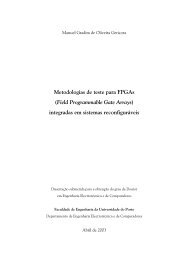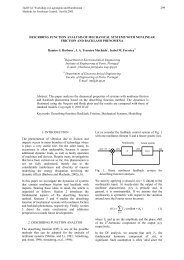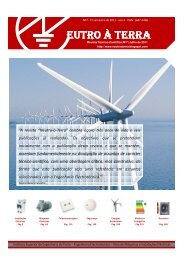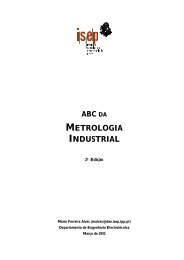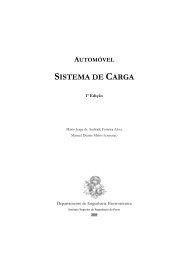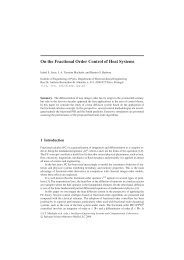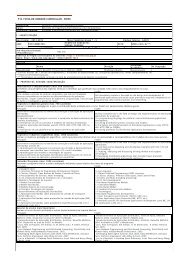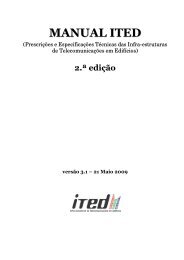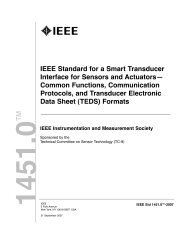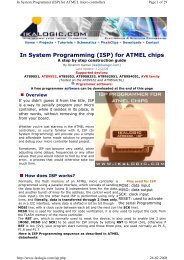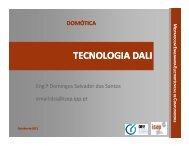AUTOMOTIVE ELECTRICAL CIRCUITS AND WIRING
AUTOMOTIVE ELECTRICAL CIRCUITS AND WIRING
AUTOMOTIVE ELECTRICAL CIRCUITS AND WIRING
You also want an ePaper? Increase the reach of your titles
YUMPU automatically turns print PDFs into web optimized ePapers that Google loves.
It must help the charging system provide electricity when current demands are above<br />
the output limit of the charging system.<br />
Figure 2-2.- Gross section of a typical storage battery.<br />
It must act as a capacitor (voltage stabilizer) that smoothes current flow through the<br />
electrical system.<br />
It must store energy (electricity) for extended periods.<br />
The type of battery used in automotive, construction, and weight-handling equipment<br />
is a lead-acid cell-type battery. This type of battery produces direct current (dc)<br />
electricity that flows in only one direction. When the battery is discharging (current<br />
flowing out of the battery), it changes chemical energy into electrical energy, thereby,<br />
releasing stored energy. During charging (current flowing into the battery from the<br />
charging system), electrical energy is converted into chemical energy. The battery can<br />
then store energy until the vehicle requires it.<br />
BATTERY CONSTRUCTION<br />
The lead-acid cell-type storage battery is built to withstand severe vibration, cold<br />
weather, engine heat, corrosive chemicals, high current discharge, and prolonged<br />
periods without use. To test and service batteries properly, you must understand<br />
battery construction. The construction of a basic lead-acid cell-type battery is as<br />
follows:<br />
Battery element<br />
Battery case, cover, and caps<br />
<strong>AUTOMOTIVE</strong> <strong>ELECTRICAL</strong> <strong>CIRCUITS</strong> <strong>AND</strong> <strong>WIRING</strong> 5/ 101



